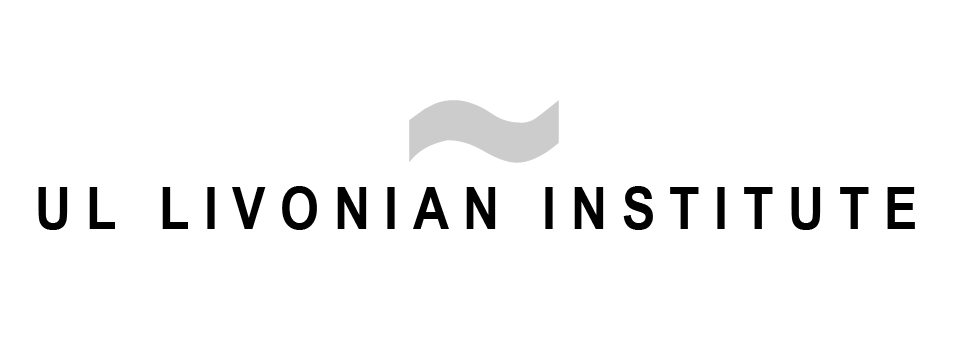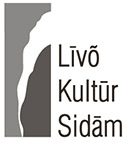World War I, which forced the Livonians into exile and sent them further inland in Latvia and even to Estonia and Russia, also accelerated the decline in their numbers as well as their linguistic assimilation. Of the Livonian inhabited villages in northern Kurzeme, Mazirbe became the most important centre of community and cultural life due to its location and active economy. Mazirbe had a church, school, post office, clinic with a doctor and midwife, pharmacy, teahouse, barber shop, photographer’s studio, steam mill, sawmill, fish smokehouse, brick kiln, several stores, and the fishing cooperative “Zivs” (Fish). The narrow-gauge railway built during WWI and called piški bōņ in Livonian, came from Ventspils and turned at Mazirbe towards Dundaga and Stende. In the 1920s and 1930s there were seven primary schools operating in the Livonian villages of Melnsils, Kolka, Saunags, Mazirbe, Sīkrags, Lielirbe, and Pize.
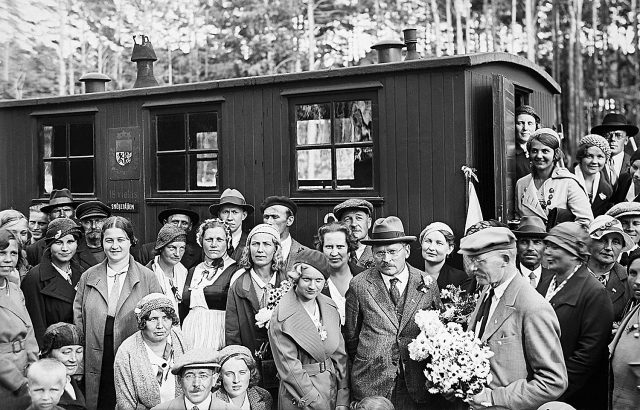
Mazirbes railway station. Saying good-bye to Estonian and Finnish guests. In the middle with a hat – Lauri Kettunen. 1933.
Thanks to the efforts of the Livonian Union, beginning in Fall 1923, Livonian was offered as an elective subject in all of the village schools except for that in Melnsils.
The interwar period was productive for Livonian cultural life and had relatively positive conditions for developing the Livonian language. Following Latvia’s independence declaration in 1918, Livonian community and cultural life also became more organized and was overseen by the Livonian Union, which accepted advice and financial assistance from its friends in Estonia and Finland.
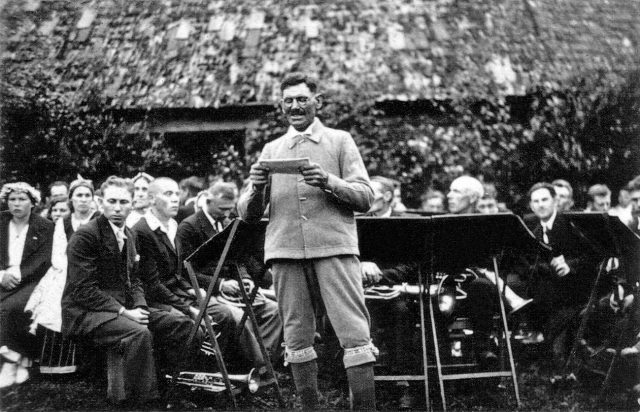
Head of Livonian society Didrõk Volganski speaks to the livonian sig festival guests, 1934.
The Livonian choirs were an important part of cultural life. The first Livonian Union choir was organized in Sīkrags in June 1922 even before the official establishment of the Union and was led by Margarete Stalte. In Summer 1923 a choir was also organized in Košrags. On June 24, 1924, the first Livonian Song Festival took place in Mazirbe at which the Sīkrags, Košrags, and Kolka combined choir performed with 62 singers under the direction of Kolka teacher Kōrli Bernštein (Kārlis Bernšteins). In March 1925, the Livonian Union choir performed in Estonia. There were also choirs in Lūžņa and Lielirbe.
In order to strengthen the position of Livonian, Estonian activists published five Livonian readers (in 1921, 1922, 1923, 1924, and 1926) as well as a collection of poems by K. Stalte (1924). The first publication in Livonian financed by Finnish activists was a songbook by K. Stalte which included musical notes (1929), while in 1933 the second part of M. Stalte’s “Livonian Songs” was published in Finland. In 1935, with support from the Association of Finnish Culture and Identity, Pētõr Damberg’s (Pēteris Dambergs) Livonian reader was published. The other Livonian books published in Finland during the 1930s were of a religious nature: M. Luther’s “Small Catechism” (1936), the first part of the New Testament including the gospels and Acts of the Apostles (1937), the full edition of the New Testament (1942), and a collection of religious songs (1939). The only books published in Livonian in Latvia were published by the Society of Livonian Friends established in 1932. These were the “Coast dwellers’ almanacs” for 1933 and 1934.
The first newspaper in Livonian – “Līvli” (The Livonian) – began publication in Jelgava on Christmas 1931 with Aņdrõks Štāler (Andrejs Štālers) as editor. In Fall 1933, K. Stalte took over as editor and the editorial office was moved to Mazirbe. For this entire period the unofficial publisher and financial backer was the Helsinki Academic Kindred Nations Club (Helsingin Akateeminen Heimoklubi). “Līvli” was published monthly until August 1939.
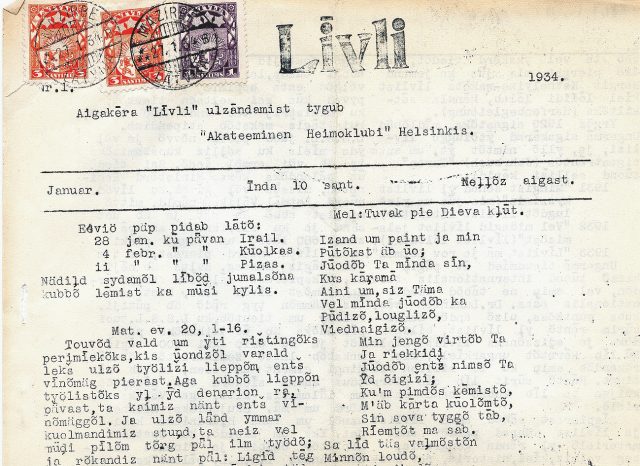
Newspaper “Līvli”, 1934.
With the assistance of the Finnish Awakening Society (Herättäjä- yhdistys), for the first time ever it was possible for the Livonians to also attend religious services in their own language. Several times a year the Finnish pastor Helle Kalervo Erviö would travel to the Livonian villages thanks to financial support by the Awakening Society, and hold services, baptize children, conduct funerals, and even organize confirmation and Sunday school classes. The first known service in Livonian took place in the Mazirbe Church in January 1931. Beginning in 1932, H. K. Erviö also began visiting the Ventspils Livonians and on November 12, 1933 conducted the first service in Livonian in the city’s history. The first Livonian-language service in Rīga was conducted by H. K. Erviö on February 9, 1934.

Opening of the Livonian communty house. 6th of August 1939. .


